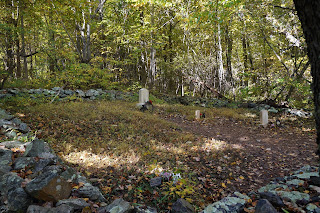The Silent Assassin with a rare, but well-earned display of emotion.
© 2015 Kansas City Star
Copyright © 2015
by Ralph F. Couey
Written content only
The Kansas City Royals are headed for the World Series. Again. There is a delicious sense of justification in this spectacular achievement, considering that nobody, and I mean nobody among the experts thought they would finish higher than third in the AL Central Division. You see, according to them, last year was a fluke, a one-and-done thing by a team that had the temerity to believe they could in fact win it all. Of course, they didn't, leaving Alex Gordon on third in the bottom of the 9th in Game 7 of last year's Fall Classic. But they did eke out a win against Oakland and blew past the Angels and Orioles, sweeping both. In the World Series against the Giants, they fought and scratched, and occasionally dominated the Bay Area Boys, taking them literally to the last pitch of the last inning of the last game.
After an off-season spent listening to reporters from MLB Television and ESPN reduce that momentous achievement to something that belonged in a book by a fellow named Ripley, the Royals stormed out of the gates, winning the first seven in a row. They took sole possession of first place on June 18th and never looked back, clicking along at an astounding .650 pace. From that point on, they were the best team in the American League, and second-best in baseball behind those pesky Redbirds at the other end of I-70.
Being a KC ex-pat, I have to follow the team through whatever internet resources I can locate. This became difficult. Through the latter half of June and into July, August, and September, I experienced the daily frustration of looking for news stories about the Royals. But going to the MLB.com and ESPN websites, I had to dredge past a mountain of articles about teams from New York, Philadelphia, Boston, Chicago, and L.A. If I wanted to read anything at all about the two best teams in baseball, I had to use the search box.
I do understand that among the national sports media, one has to kowtow at least a bit to the MMM's, or Major Media Markets. After all, that's where the numbers (read: $$) are. But to steadfastly ignore the game's two best teams for the better part of two-and-a-half months seems almost a dereliction of journalistic duty. Had the Yankees and Mets that that dominant for that long, I have little doubt that we the reading public would have seen nothing else.













